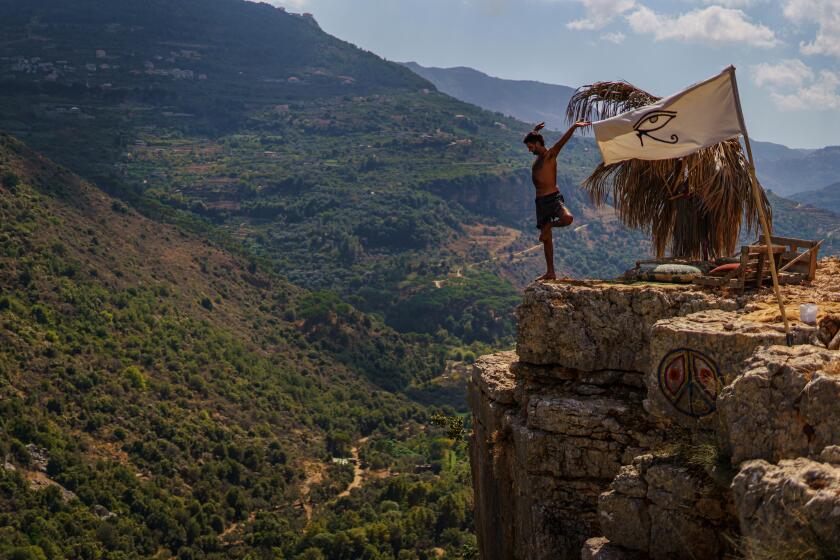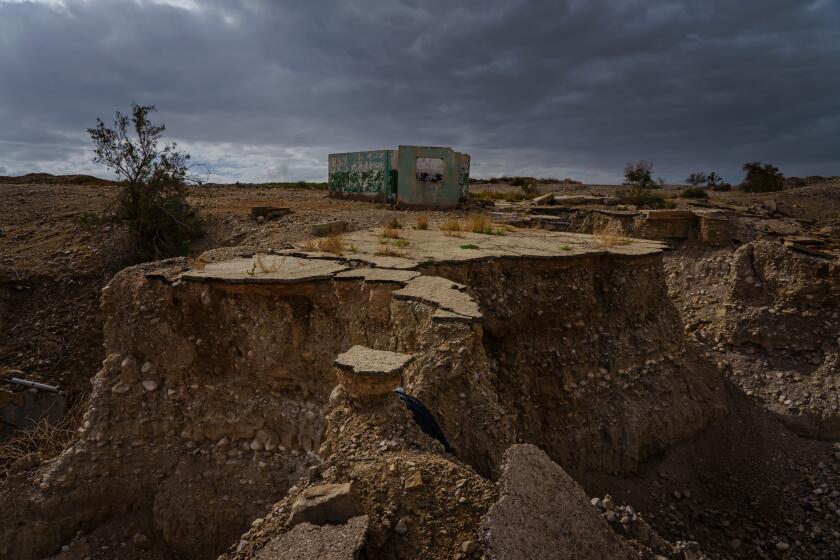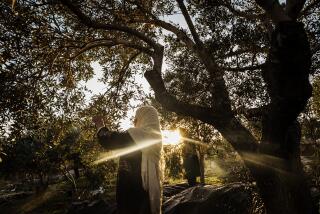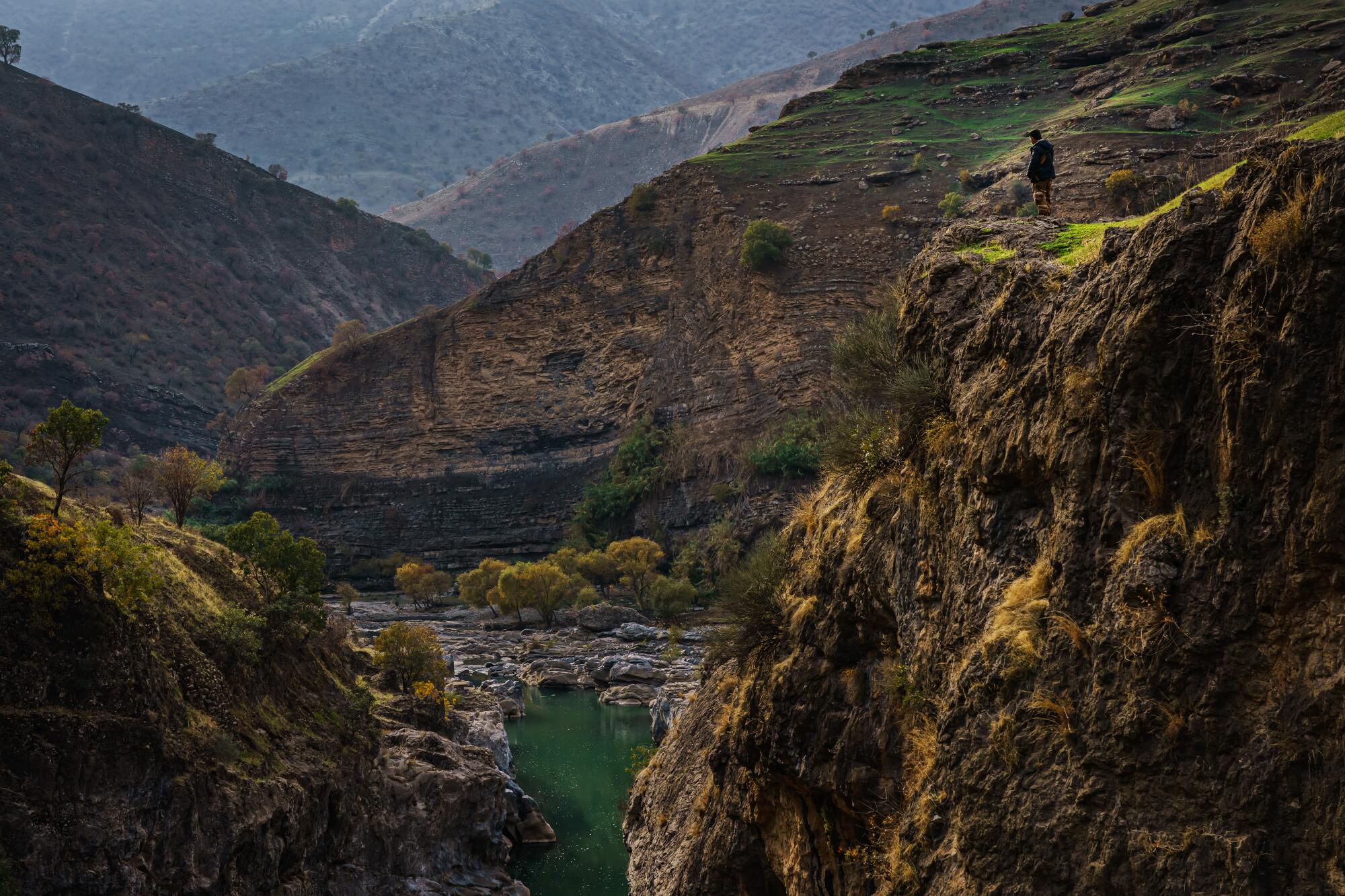
MIQDADIYA, Iraq — Ask Taha Yassin about Iraqi pomegranates and watch his gaze turn dreamy.
“They grow big. Their juice is sweet. They’re incomparable. I don’t say this as a nationalist, as someone who loves their country. It’s just fact,” he said, speaking about them like you would a long-lost love.
In a sense, he was. This corner of Diyala province, which stretches from the center of Iraq to the country’s east, was once famous for its pomegranates. Everywhere you drove, you’d encounter acres of trees laden with blood-red baubles. Yassin had three fields and a vineyard.
Not these days. Standing in one of his plots, Yassin pointed out a few desiccated-looking trees and the churned brown of recently tilled fields. Like other farmers in Diyala, he had given up. Over the last few months he cut down most of his pomegranate trees; he just finished plowing over his vineyard.
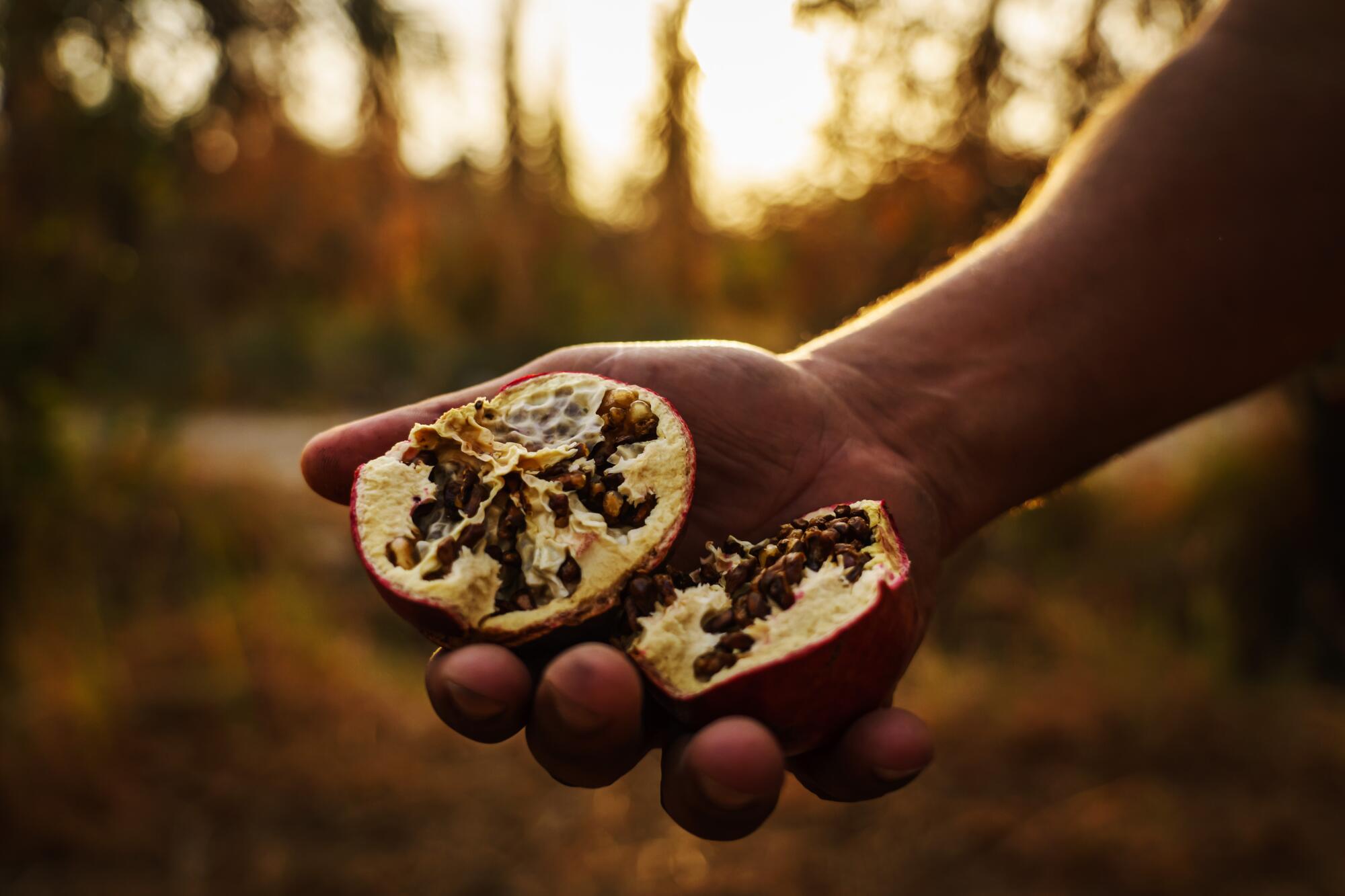
“If you saw this area 10 years before, I swear you would think you’re in Eden,” he said.
“But there’s just no water. We couldn’t do it anymore.”
Diyala is perhaps the starkest example of Iraq’s impending Great Thirst. The country — fed not by one but two mighty rivers, the Tigris and the Euphrates — is thought to be where humans first started cultivation: Mesopotamia, the land of plenty.
But another year of crippling drought and of competition with equally parched neighbors means there isn’t enough water to go around. Both Turkey and Iran have activated dams and tunnels to divert water from tributaries of the Tigris and Euphrates, leaving downstream Iraq — which relies on the two rivers’ largesse for 60% of its freshwater resources — with an acute shortage.
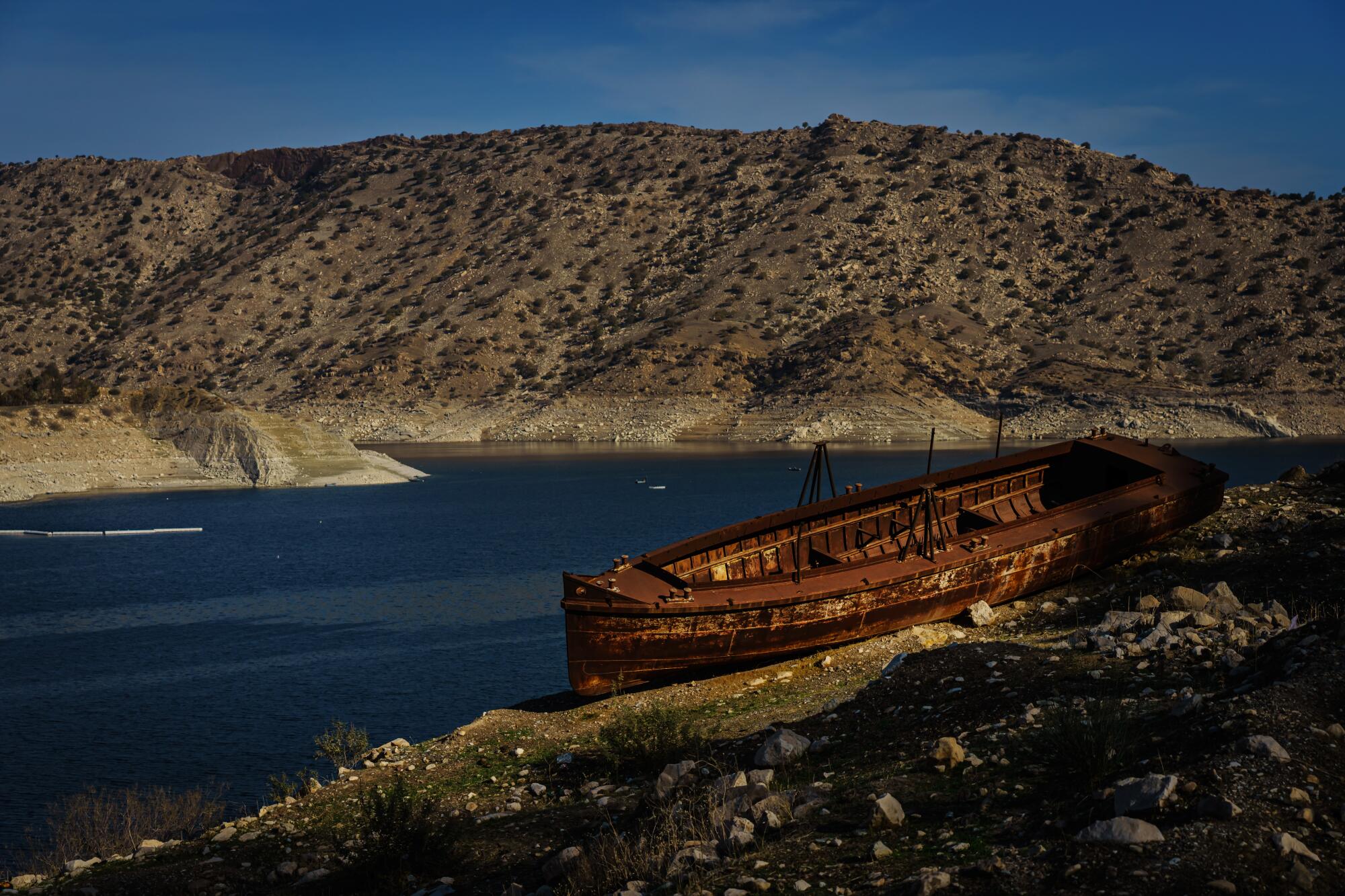
This year, inflows from Turkey fell by almost two-thirds; from Iran they’re about one-tenth of what they were, Mahdi Rashid Hamdani, Iraq’s minister of water resources, said in an interview.
In desperation, Baghdad has appealed to its neighbors to help mitigate the crisis. In October, the Water Ministry invoked an agreement with Ankara that’s supposed to ensure Turkey’s “fair and equitable” contributions to the Tigris and Euphrates. In Tehran, the appeal has been met with silence, Iraqi officials say.
“Iran hasn’t cooperated with us at all. It diverted rivers to areas inside the country and doesn’t work with us to share the damage from the drought,” Hamdani said, adding that his ministry has completed procedures for a lawsuit against Iran and asked the Iraqi Foreign Ministry to contact the International Court of Justice. A spokesman for the Foreign Ministry did not respond to questions on the matter.
The water scarcity is compounded by wider shifts in the environment. This year, temperatures in Iraq reached 125 degrees, and the country is experiencing 118-degree days more frequently and earlier in the year. Berkeley Earth, a California-based climate science organization, found that temperatures in Iraq have increased at double the world average.
Last year, Iraq ranked No. 5 on the United Nations’ list of countries most vulnerable to the effects of climate change. By 2050, the World Bank said in a report last month, a temperature increase of 1 degree Celsius (1.8 degrees Fahrenheit) and a precipitation decrease of 10% could cause Iraq to lose fully one-fifth of its available fresh water.
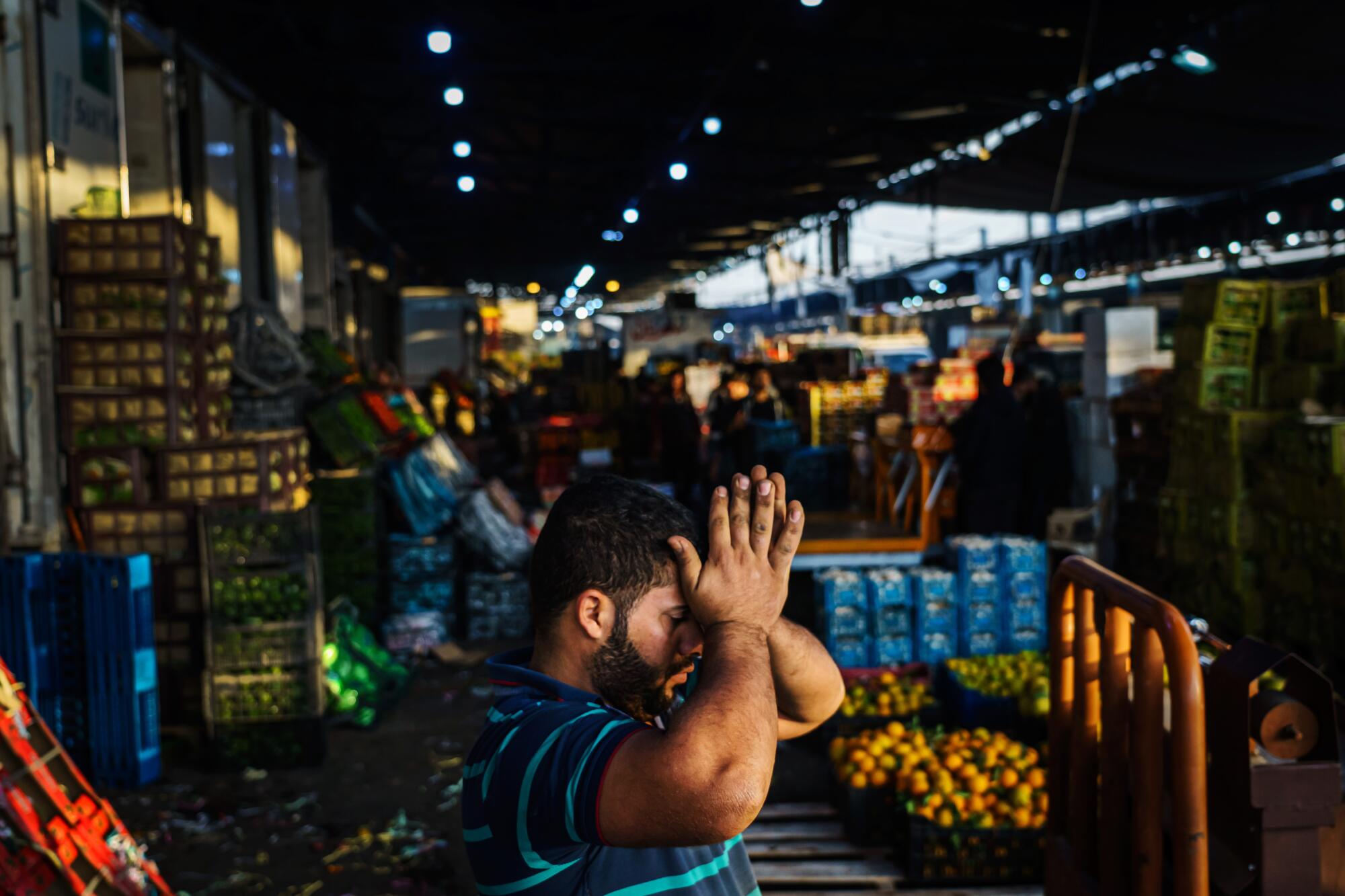
Under those circumstances, nearly one-third of Iraq’s irrigated land won’t have water.
That’s already the reality in Diyala. Almost all of the province was dropped from the government’s agricultural plan for summer crops, excluding farmers there from water appropriations in favor of irrigating strategic crops such as barley and wheat. The same thing happened in October. Instead, Diyala’s farmers have had to rely on roughly 200 wells to slake their orchards’ thirst as well as their own.
For many here, the changes mean the end of a way of life.
In 2010, Yassin, having saved enough money from his engineering work in the northeastern city of Sulaymaniya, decided to take up farming on his family’s land near Miqdadiya, a city in Diyala about 50 miles northeast of Baghdad. His father, a farmer, discouraged him, warning that he would lose his investment. Yassin went ahead anyway.
“Farming is an addiction,” he said, recalling how, as a child, he would accompany his father to the fields, and how the roads were choked with people coming from all over Iraq to buy Diyala’s pomegranates, apricots and oranges.
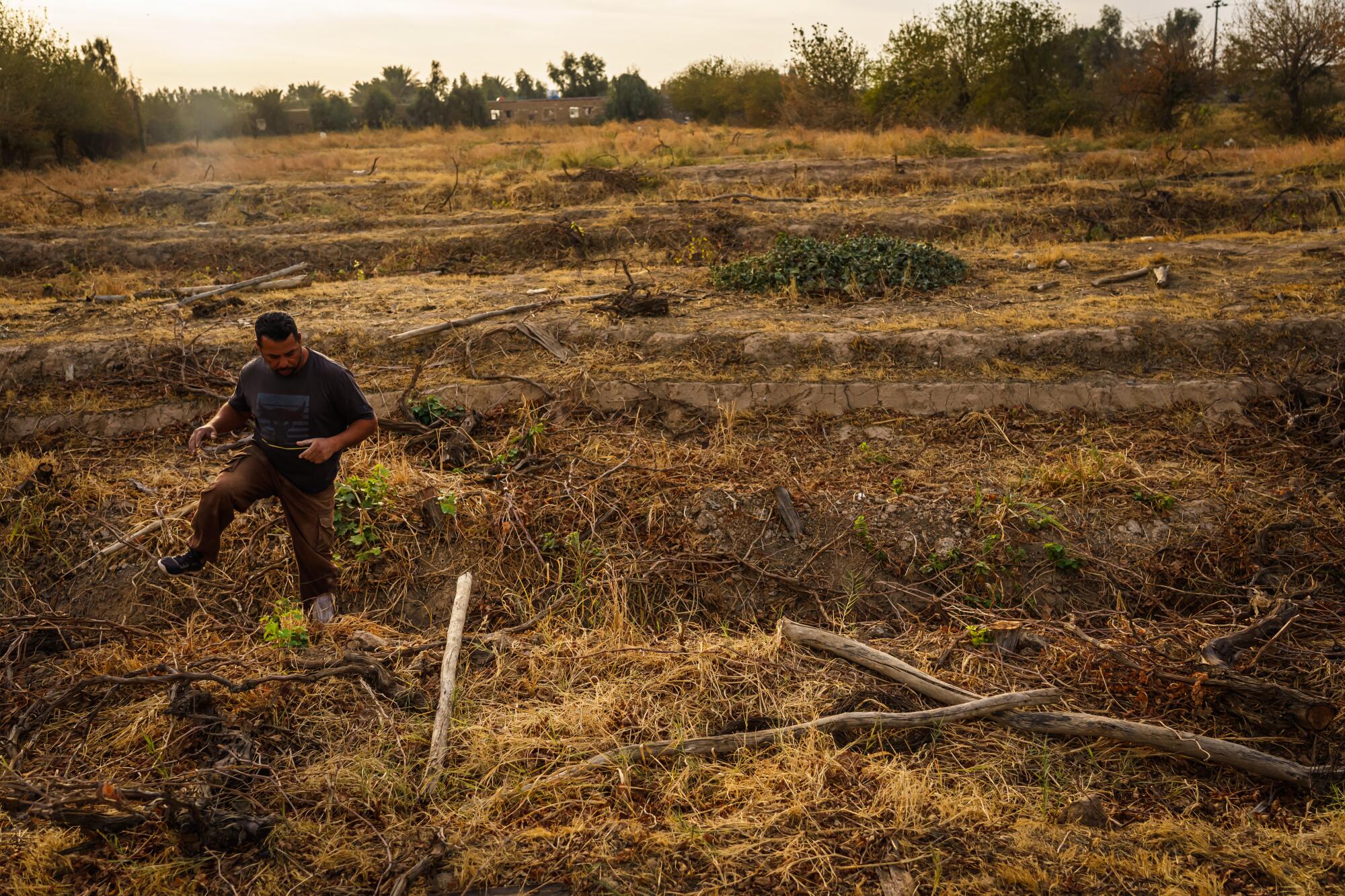
Yassin poured tens of thousands of dollars into the effort, installing drip irrigation to create a modern, profitable farm.
But he soon found out his father was right: The margins didn’t make sense. The government cut support for fertilizer, seeds and the gas he needed to run pumps. And though the state had banned importing certain types of produce to protect Iraqi farmers, the right bribe at the right checkpoint meant that truckloads of fruit from Iran, Turkey, Syria and Yemen still showed up at local markets, undercutting local growers.
The water shortage delivered the killing blow.
The last three years were especially hard, Yassin said, forcing farmers to dig deeper wells to hit groundwater, which in turn turned increasingly brackish from overpumping. Stepping through his neighbor’s orchard, he grabbed a plump-looking pomegranate from one of the trees.
The government says a dam is necessary to provide drinking water in an era of rising temperatures and climate change. Activists say it’s another corrupt government project.
“From outside it looks good,” he said. “But inside…” He cracked open the fruit in his hands to reveal dull yellow innards and the translucent red of the seeds; there wasn’t a drop of juice.
His neighbor had tried everything. “He has money. He dug wells, put pipes, installed pumps. Nothing worked,” Yassin said, adding that now the neighbor grew produce only for personal consumption.
Downstream in Balad Ruz, about 20 miles southeast of Yassin’s farm, Ghadban Tamimi had for decades planted his 300-acre property with pomegranates, wheat and rice. (“Balad Ruz” means “rice field.”)
This year? Not a single acre. The last time the canal he relied on for irrigation had proper flow was seven months ago. Now it had only sewage. Digging a well was no use.
“We went down 140 feet — nothing but saltwater,” he said.
Convinced that theirs is now literally a fruitless pursuit, many farmers have abandoned their plots, Tamimi said. “From here to 10 miles on, you’ll find villages with no one in them. We were nine families. Now it’s three.”
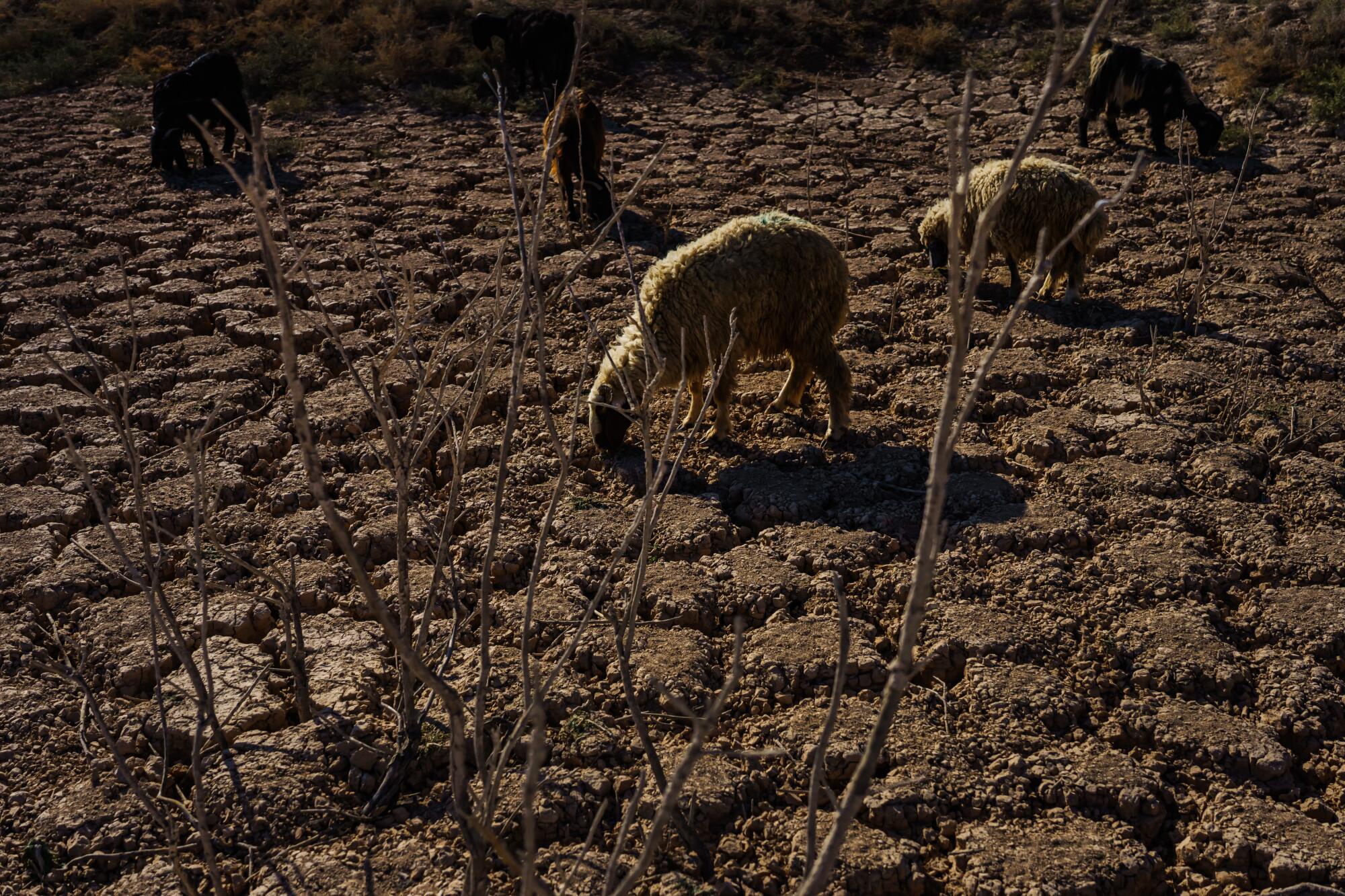
You can see the crisis in Lake Hamrin, an artificial 130-square-mile reservoir. It’s fed by the Halwan River, another tributary of the Tigris that begins in Iran’s portion of the Zagros Mountains.
On Google Maps, the reservoir shows up as a blue dagger stabbing the heart of Diyala. The Diyala-Kirkuk highway threads through the dagger’s tip. Years ago, authorities had to shore up the highway’s sides because the water lapped its edge. But now the basin is bone-dry.
Trudging along the basin’s exposed floor, Wissam Wadi, a 29-year-old shepherd, watched his flock kick up swirls of dust as it foraged on shrubs growing out of the cracked earth. It took Wadi an hour and a half to find this patch. In the past, he would’ve found plenty of suitable areas within a half-hour’s walk of his home.
He and his colleagues lost 300 sheep from heat and lack of water in July, when temperatures in parts of Iraq soared above 110 degrees. The survivors, he said, are a stunted 60 pounds each compared with the nearly 100-pound sheep he raised in the past.
“What are they supposed to eat? Dirt?” he said. “The land that we had, it was our gold. Now look at us: No salaries, nothing. We were living off this lake. And it’s gone.”
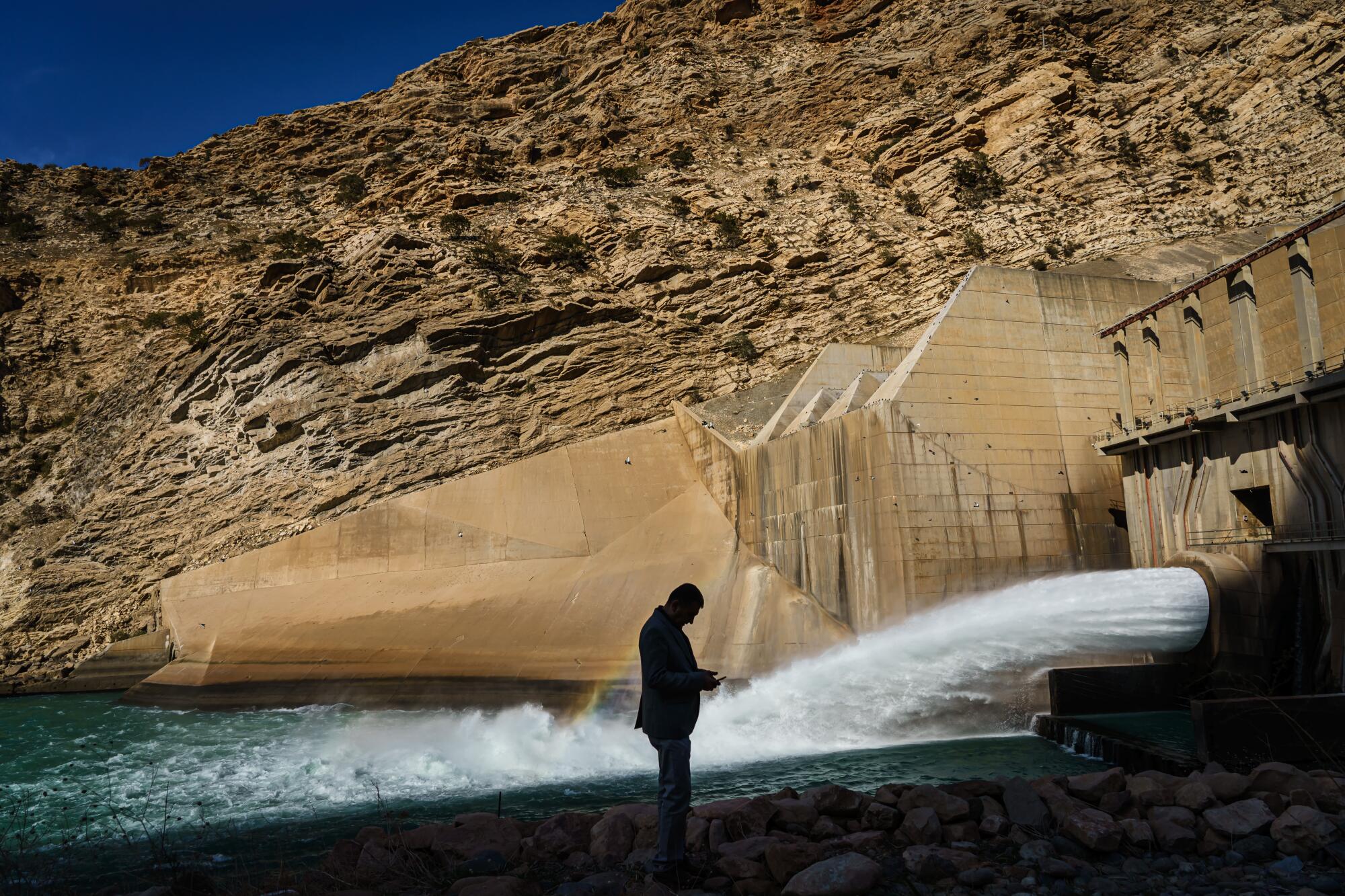
From the window of his office overlooking the Darbandikhan Dam 80 miles northeast of Diyala, along the Sirwan River, Rahman Khani has a front-row view of the water crisis. As the dam’s director, it falls to him to regulate river flows to farmers as far as Basra, in Iraq’s deep south.
By November, he should have been releasing water at a rate of about 6,600 gallons per second. He was supposed to get double that amount from Iran, which controls 70% of the dam’s 7,000-square-mile catchment area and which recently activated a 29-mile diversionary tunnel siphoning away most of the Sirwan River.
That and the lack of rain have dried up the dam’s inflows to one-fifth of what Khani was expecting.
“Just look out the window and you’ll see it,” he said, pointing to a discolored line on one of the dam’s towers where the water once reached. It was more than 23 feet above the current level.
“You’re telling me the view from here is nice. But for me, it’s a source of worry.”
Iran’s exports of produce to Iraq, Khani said, amounted to an indirect purchase of water.
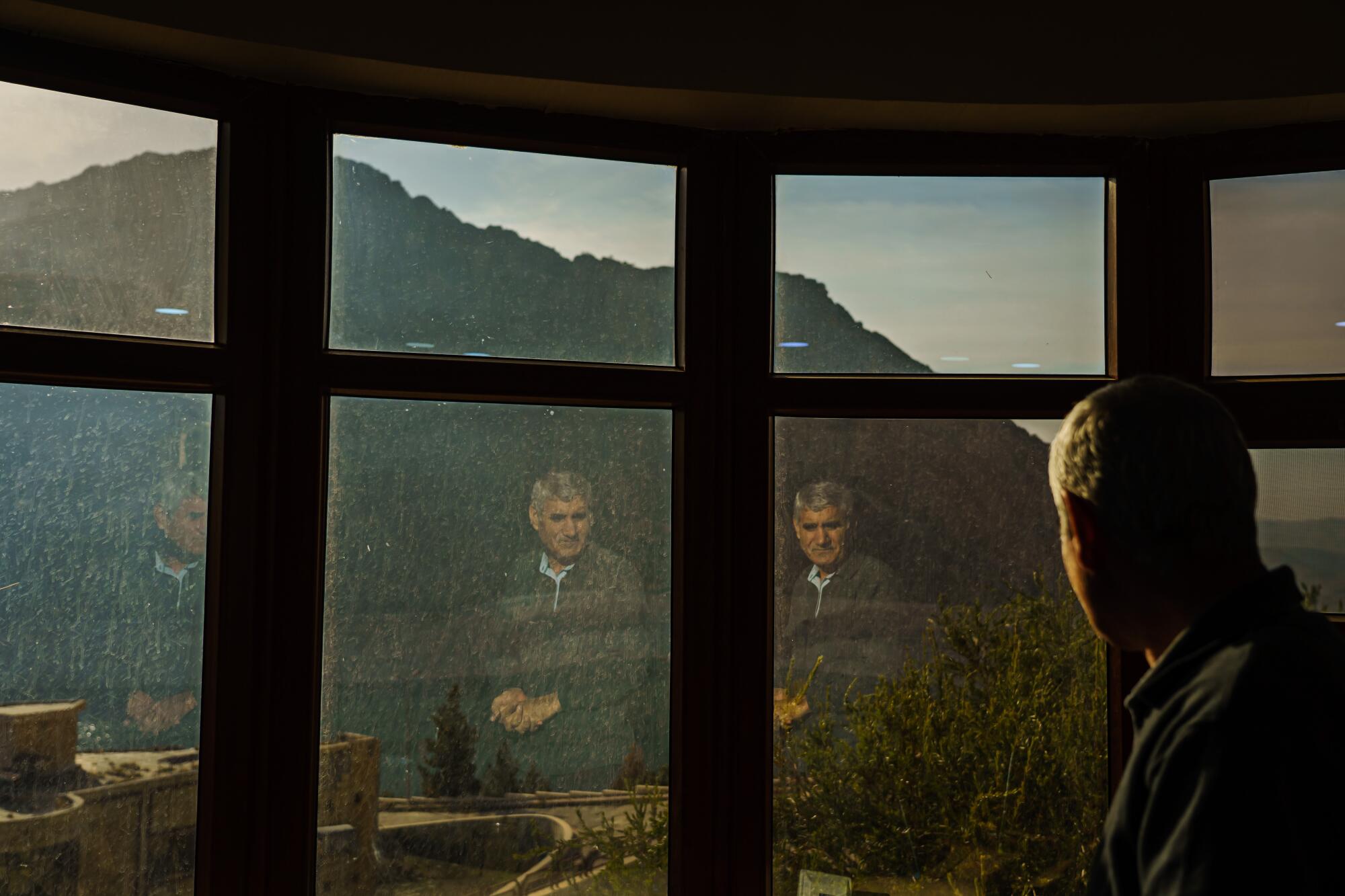
“If we’re not planting in Iraq, then we’re essentially buying water from Iran through their fruits and vegetables,” he said, adding that he had received no communication from authorities on the Iranian side — not even basic information on expected inflows.
That tension over water persists all the way beyond the mountains near Halabja, where the Sirwan forms the border between Iran and Iraq. One recent afternoon, Iraqi Kurdish forces Cmdr. Ahmad Abdul Qader walked down to the river. Though Sirwan means “shouting river,” its sound was reduced to an indifferent burble.
“The Iranians only allow the water to come a few hours a day,” Abdul Qader said.
Climate change means Jordanians may soon not have enough water to drink. Others will face a similar scarcity.
In 1988, during the closing days of the Iran-Iraq war, when Iraqi President Saddam Hussein bombed Halabja’s Kurds with chemical weapons, many residents fled to the river, running across a narrow footbridge, Abdul Qader said. The bridge’s discarded skeleton now pokes out of the riverbed.
“In the past, the water submerged the bridge. These days it barely covers what’s left of it,” he said.
Iranian officials say Iraq should be more worried about the impact of massive public works in Turkey such as the Ilisu Dam, which could take away much of the Tigris’ flow into Iraq, rather than Iran’s comparatively smaller irrigation projects.
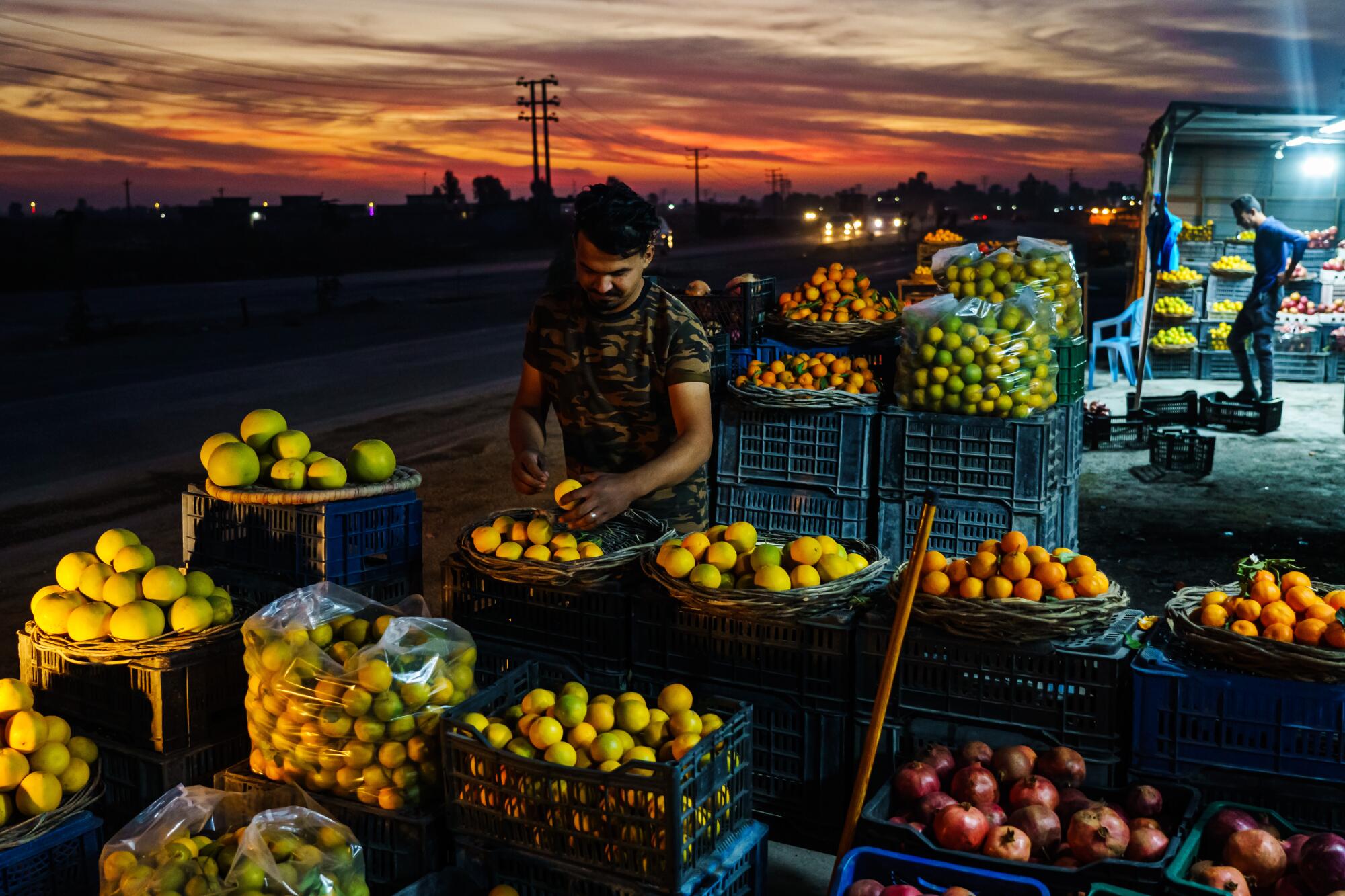
“I don’t believe Iraqi complaints and calls for suing Iran are justifiable,” said Fadaei Fard, who works on water resources and flood management at the Iranian Ministry of Energy. “They have no legal standing in international courts because almost all projects carried out in Iran foresaw enough water inflows into Iraqi territory.”
Iranian state media have quoted officials dismissing Iraqi concerns as anti-Iran propaganda. The blame for Iraq’s problems, the state-run Islamic Republic News Agency said in one report, lies with Baghdad’s mismanagement and corruption, as well as low investment in Iraq’s infrastructure, which has been damaged by decades of war and neglect. Besides, with a population half that of Iran or Turkey, Iraq is relatively still better off than both of its neighbors.
Hamdani, the Iraqi water resources minister, acknowledged problems with water distribution but insisted that Tehran was “evading its responsibility.”
Azzam Wash, an environmental expert who was a member of Iraq’s delegation to the U.N. climate change conference in Scotland in November and a founder of the environmental group Nature Iraq, said that “suing Iran will not resolve the problem.”
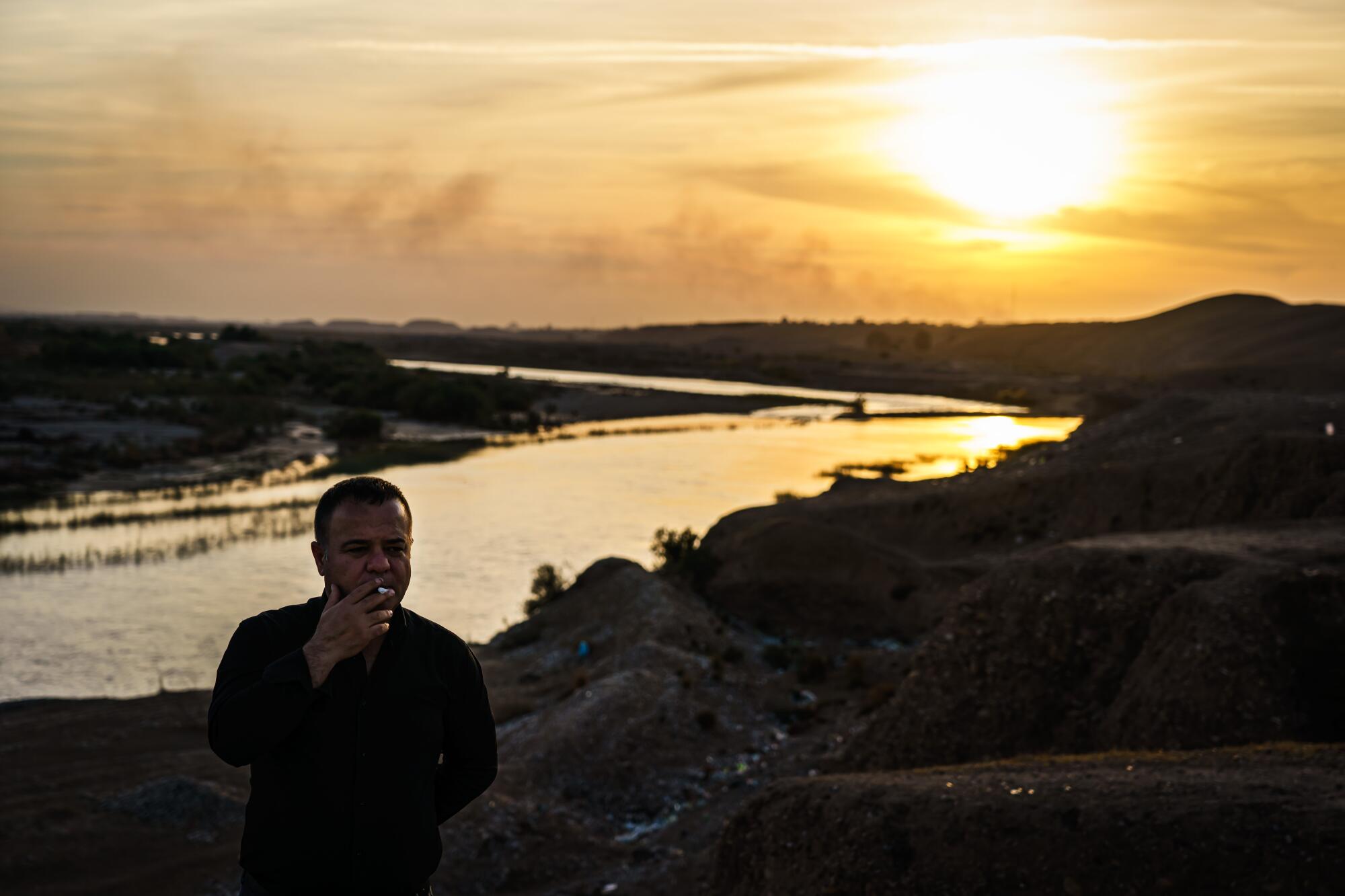
“Assume for the sake of argument Iran accepts adjudication, and further assume Iraq wins, then what? Will Iran release water?” he said, adding that successive Iraqi governments had done little to reduce water waste.
Yassin, the pomegranate farmer, isn’t expecting any improvement in the situation either. He now has a state job as a maintenance engineer, joining others in Diyala abandoning their farms.
“For 80% of the people here, if someone came and gave them money, they would sell their land,” he said.
“They say, ‘Let me do something in the city. Farming is over.’”
(This is the third in a series of occasional articles about how climate change and water scarcity are affecting the politics and landscape of the Middle East.)
More to Read
Sign up for Essential California
The most important California stories and recommendations in your inbox every morning.
You may occasionally receive promotional content from the Los Angeles Times.
